Podcast Episodes
Back to Search
869-Taurid Resonant Swarm
The planets, millions of asteroids, tens of thousands of comets, distant icy worlds, and countless other bits and pieces of material orbit the Sun. A group of such co-orbiting objects is called the T…
Published on 1 month ago
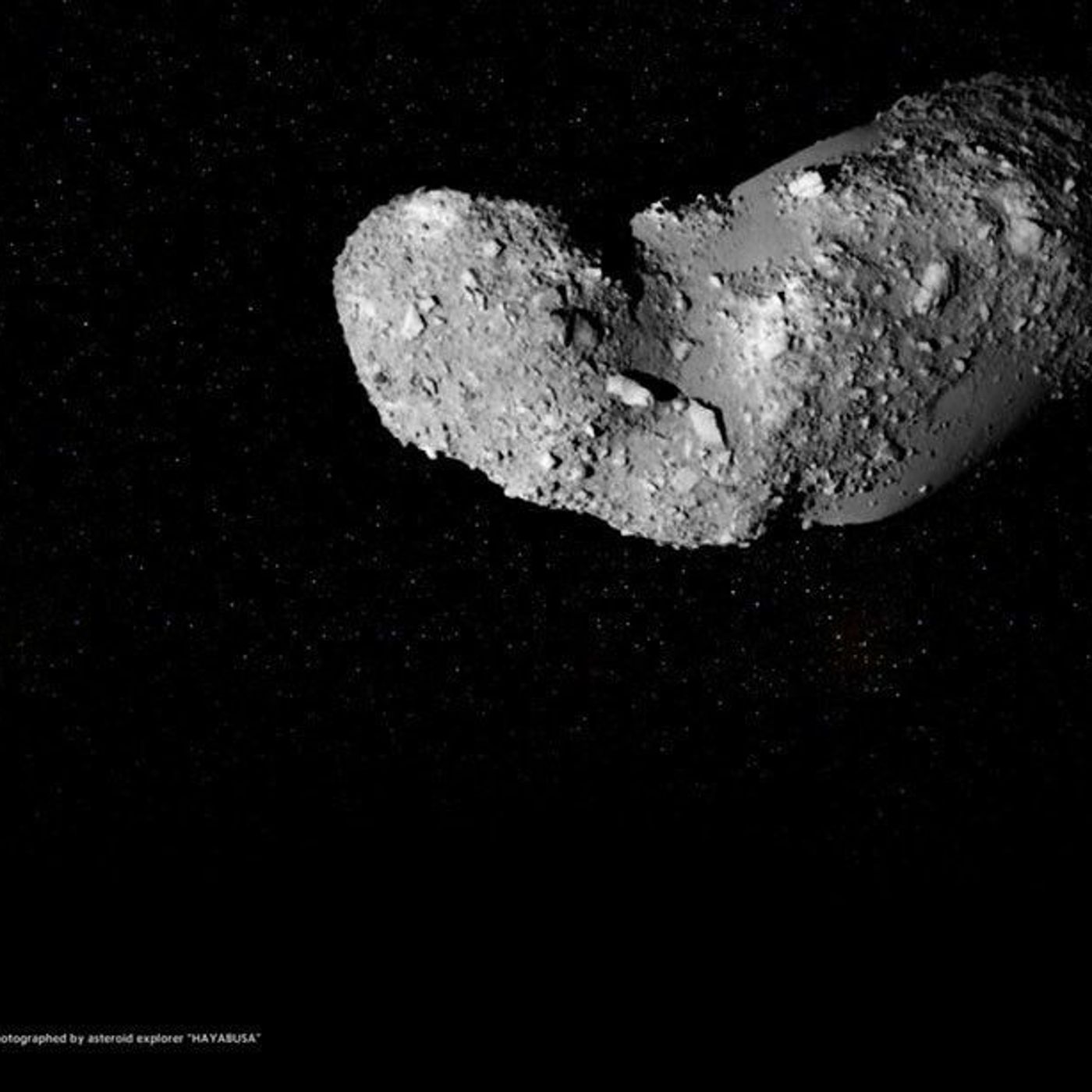
356E-386-Interplanetary Sand Traps
When the Japanese spacecraft Hayabusa [Hi ya Boo sa] visited the near Earth asteroid Itokawa in 2005 it found this 2000 foot by 800 foot elliptical world to have a variety of surface features. Instea…
Published on 1 month, 1 week ago

868-Inside Venus
Astronomers have discovered some 1.4 million asteroids. Approximately 35,000 of these space rocks come near Earth. Less than 40 of them are classified as being Atira asteroids whose orbits lie enti…
Published on 1 month, 1 week ago
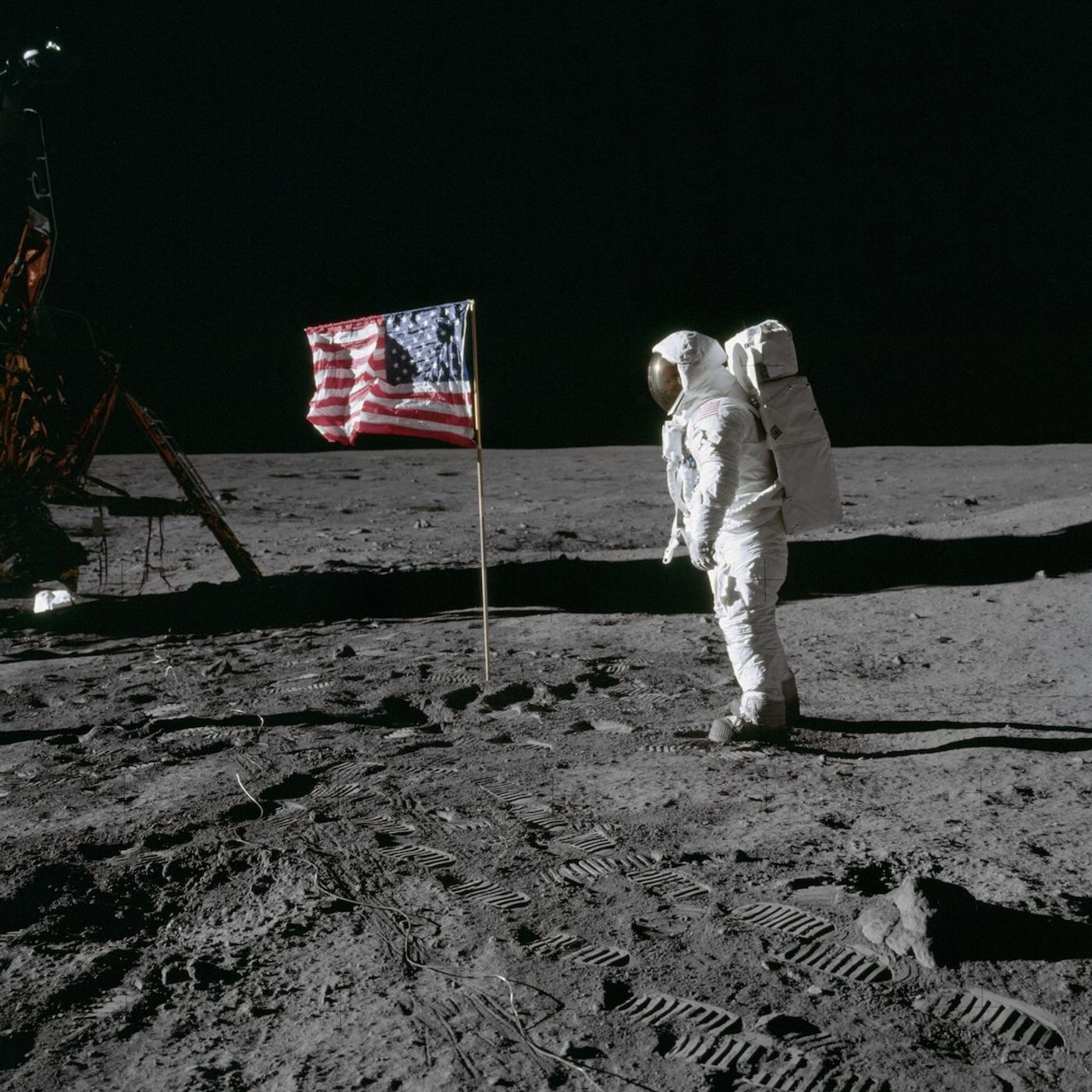
355E-383-Moon Water
The lunar roving, battery powered, 4 wheel drive "Moon Buggy" allowed astronauts on Apollo 15, 16, and 17 to travel 8 mph on the lunar surface with a maximum range of approximately 4.7 mi. Some of th…
Published on 1 month, 2 weeks ago

867-Daytime Fireball
Dr. Bill Cooke of NASA’s Meteoroid Environment Office reports that on June 26, 2025 shortly after noon a beachball sized meteoroid traveling at approximately 30,000 miles per hour broke up about 27 m…
Published on 1 month, 2 weeks ago
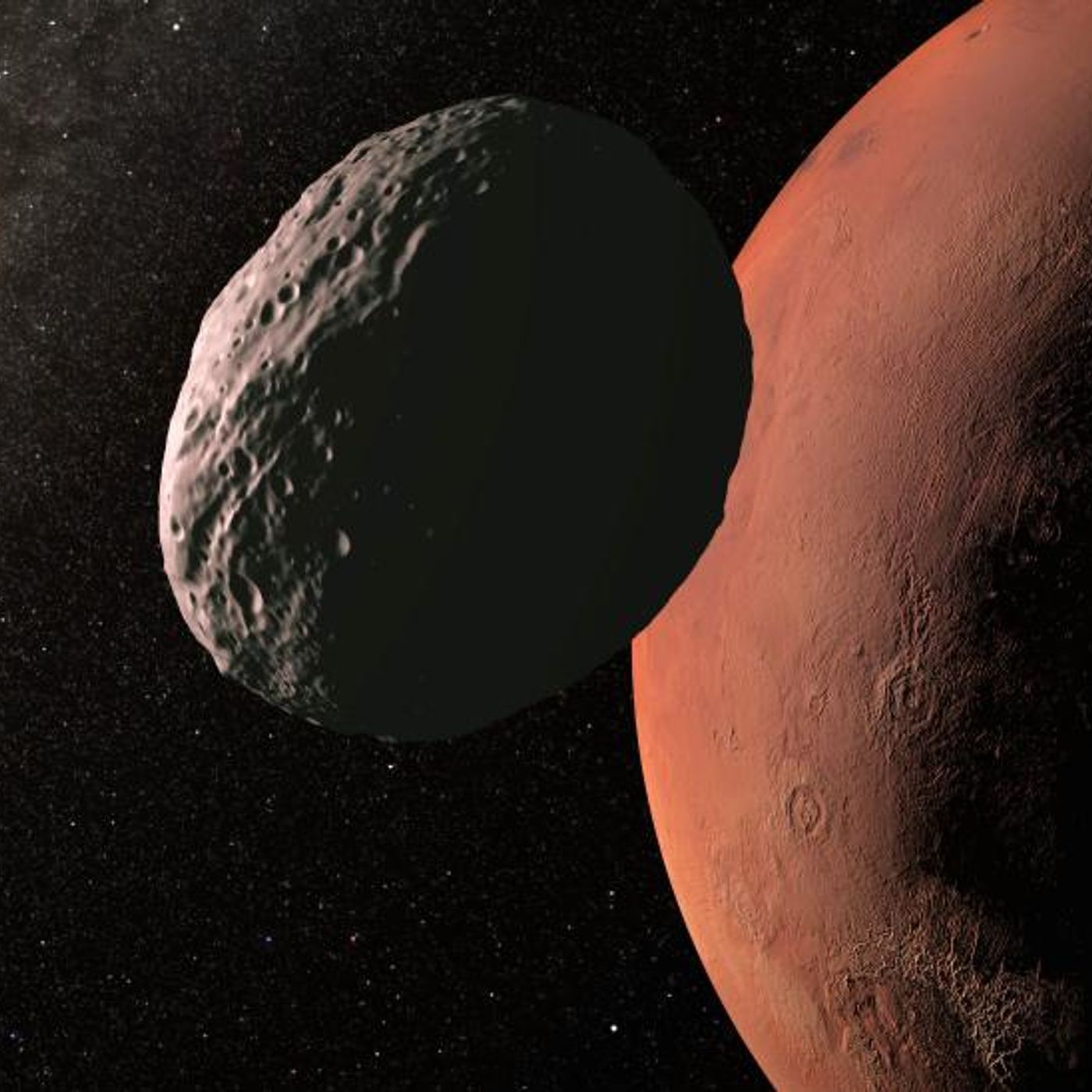
354E-382-Martian Debris
Martian Trojan asteroids have stable orbits around the Sun, leading and trailing the red planet by 60 degrees, where the Sun's and Mars's gravity are balanced. For some time astronomers have consider…
Published on 1 month, 3 weeks ago
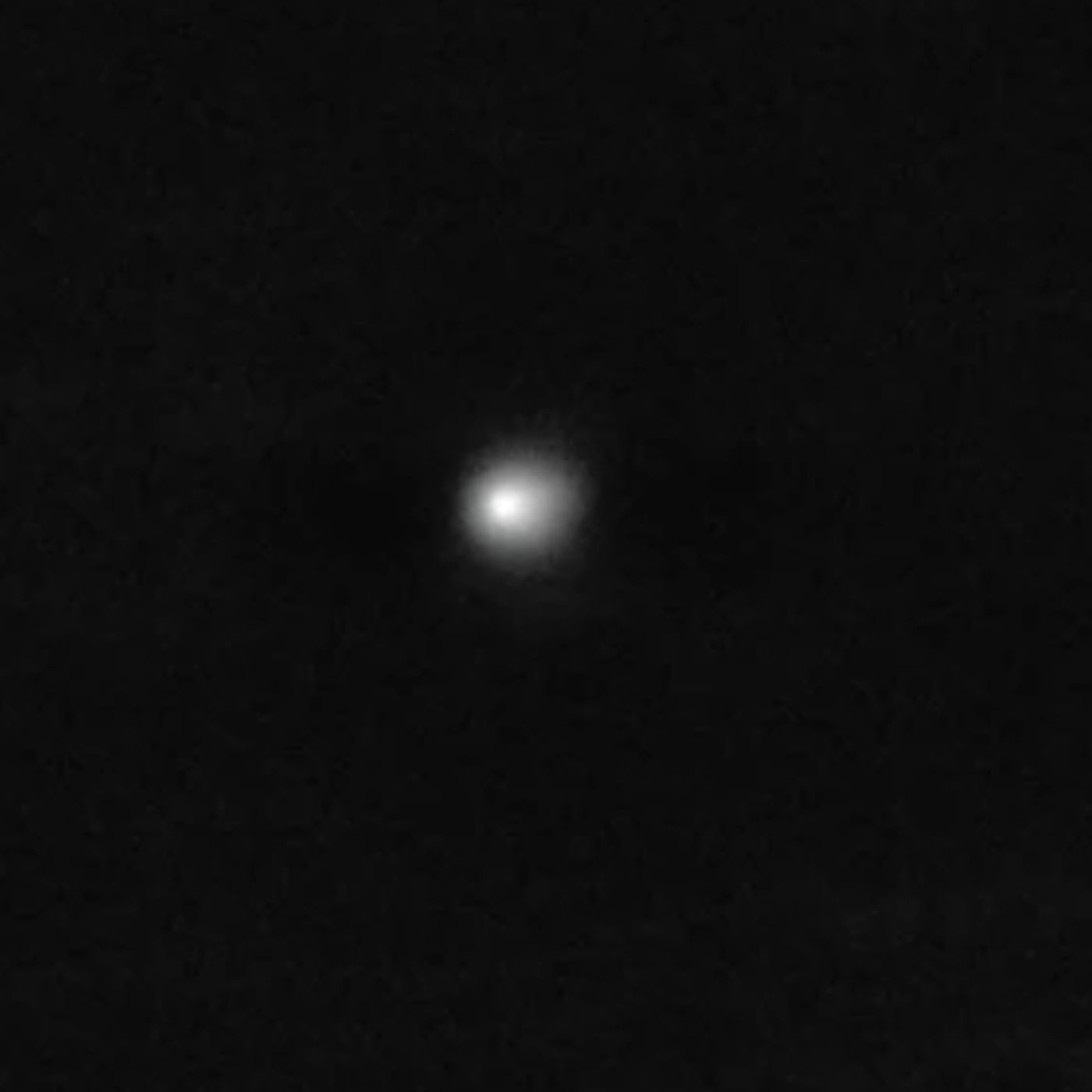
866-Interstellar Visitor
Amazingly, nature occasionally sends an interstellar traveler through our solar system for us to observe. The third such object that astronomers have discovered coming into our solar system from trul…
Published on 1 month, 3 weeks ago
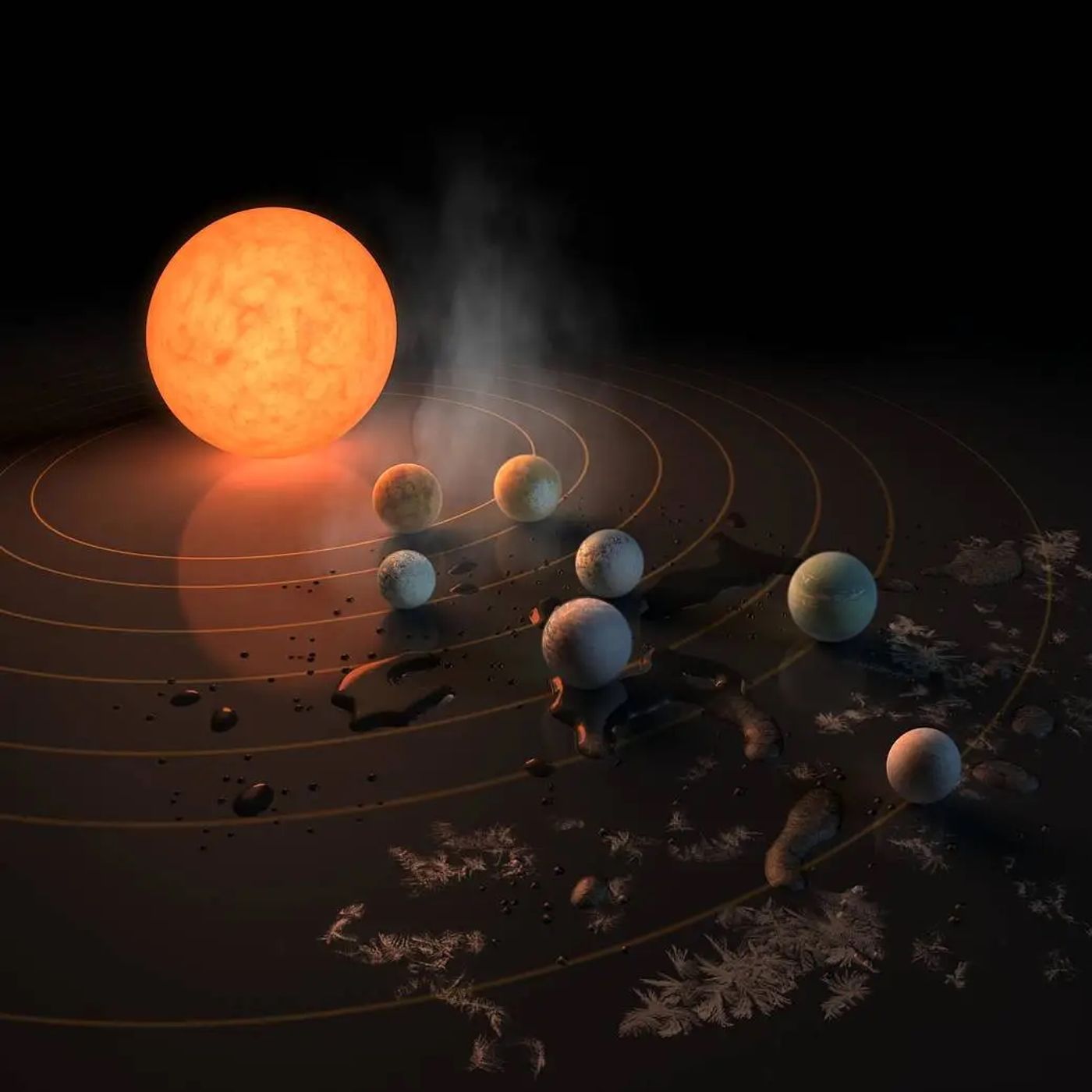
353E-381-Peaceful Star
The Sun is our very own well behaved star. It rises and sets in our sky every day and powers and makes possible all life forms on planet Earth. A new appreciation for our Sun is growing as we learn m…
Published on 1 month, 4 weeks ago
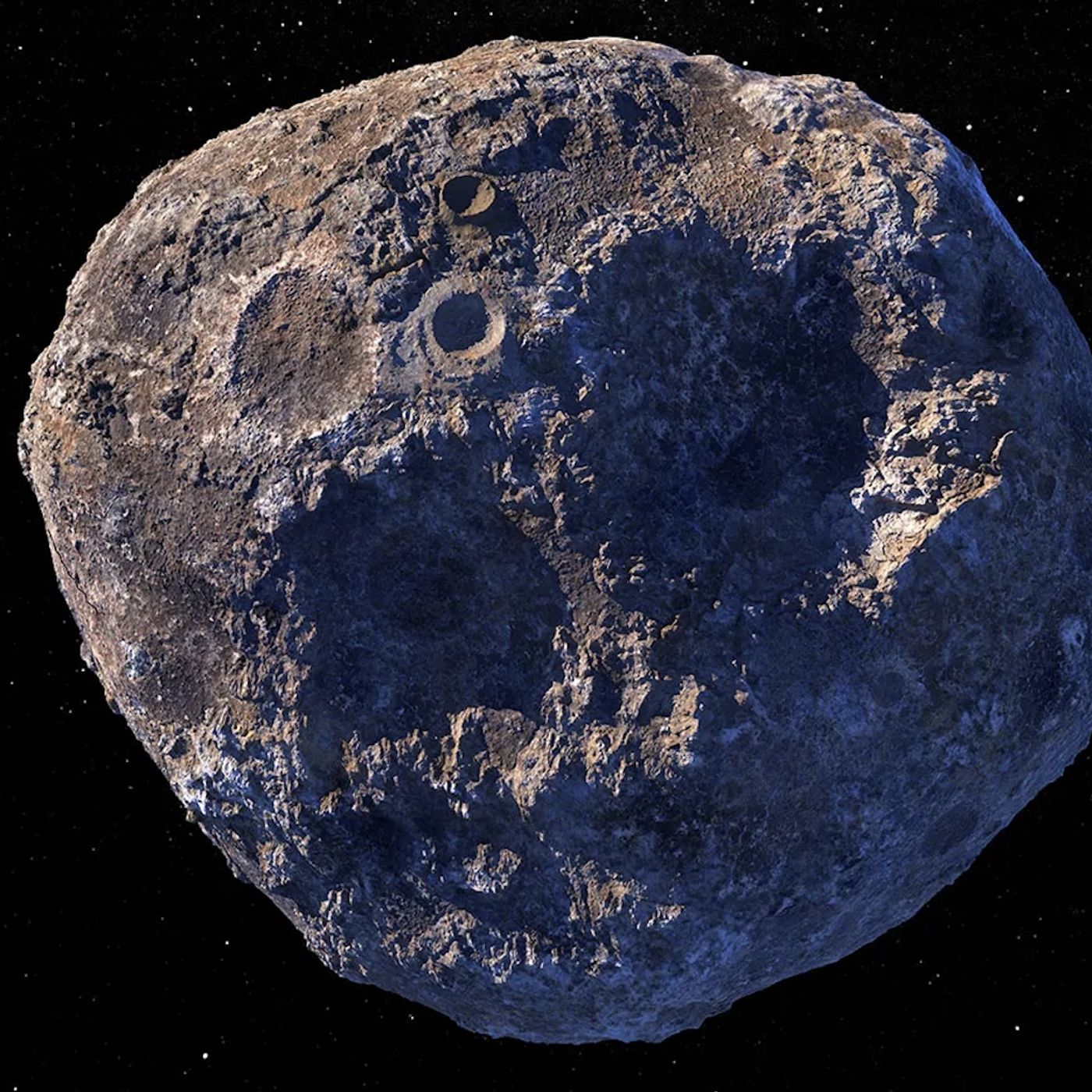
865-New Potentially Hazardous Asteroid
On a a short June night my Catalina Sky Survey teammate Greg Leonard was observing with our 60 inch telescope on Mt. Lemmon, Arizona in the constellation of Ursa Major when a relatively bright fast m…
Published on 2 months ago
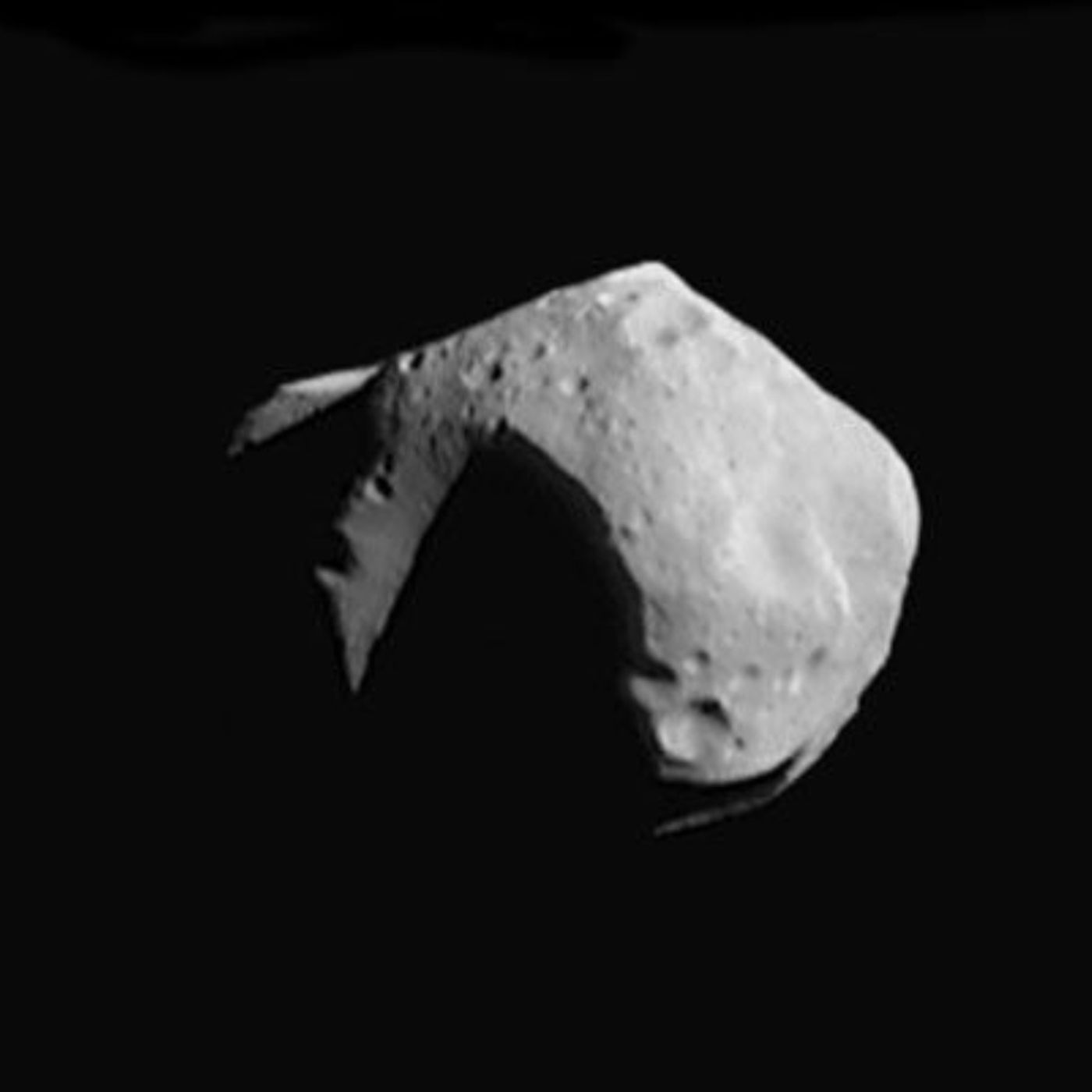
352E-379-Flying Mud Balls
75% of asteroid hunter's discoveries are called C type asteroids. They are dark, have a high abundance of carbon, consist of clay and silicate rocks, and may have a composition which is up to 22% wat…
Published on 2 months ago